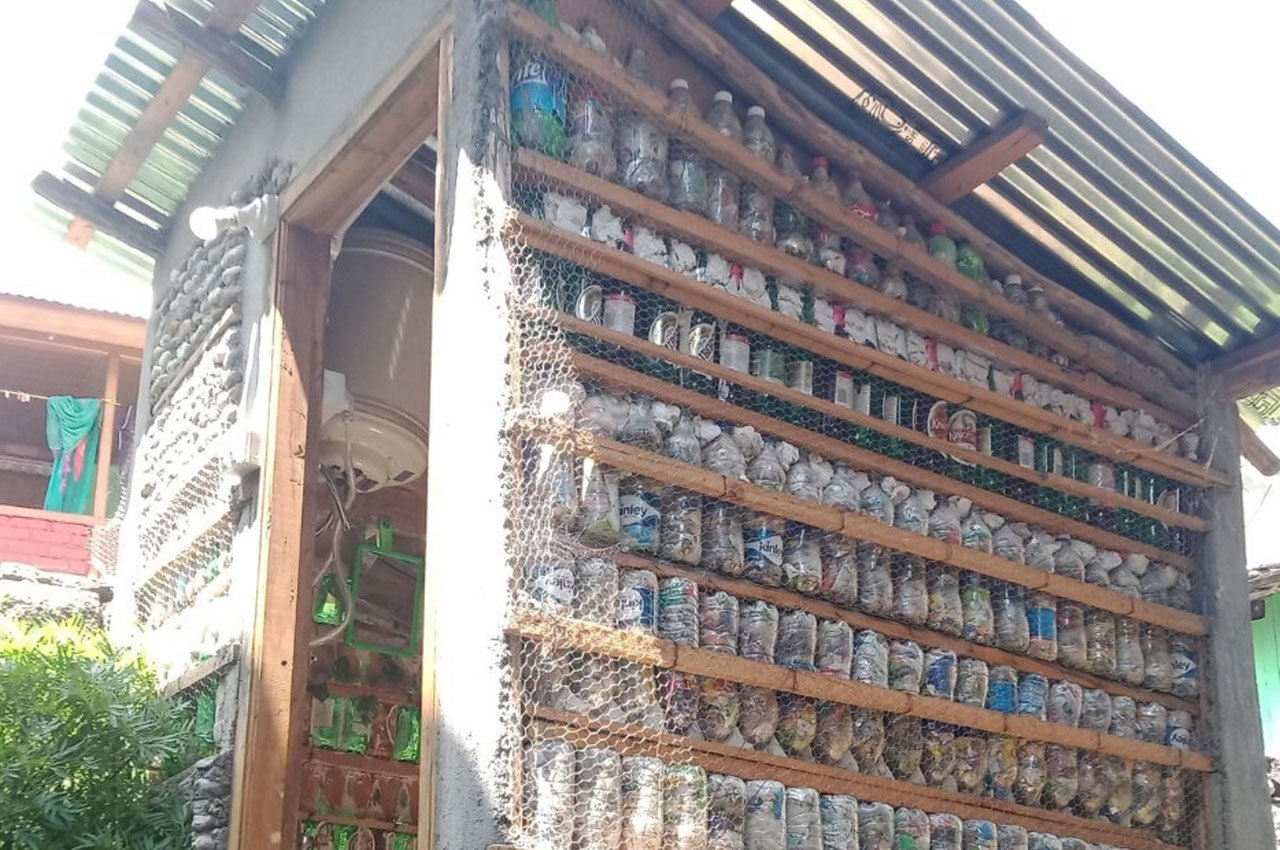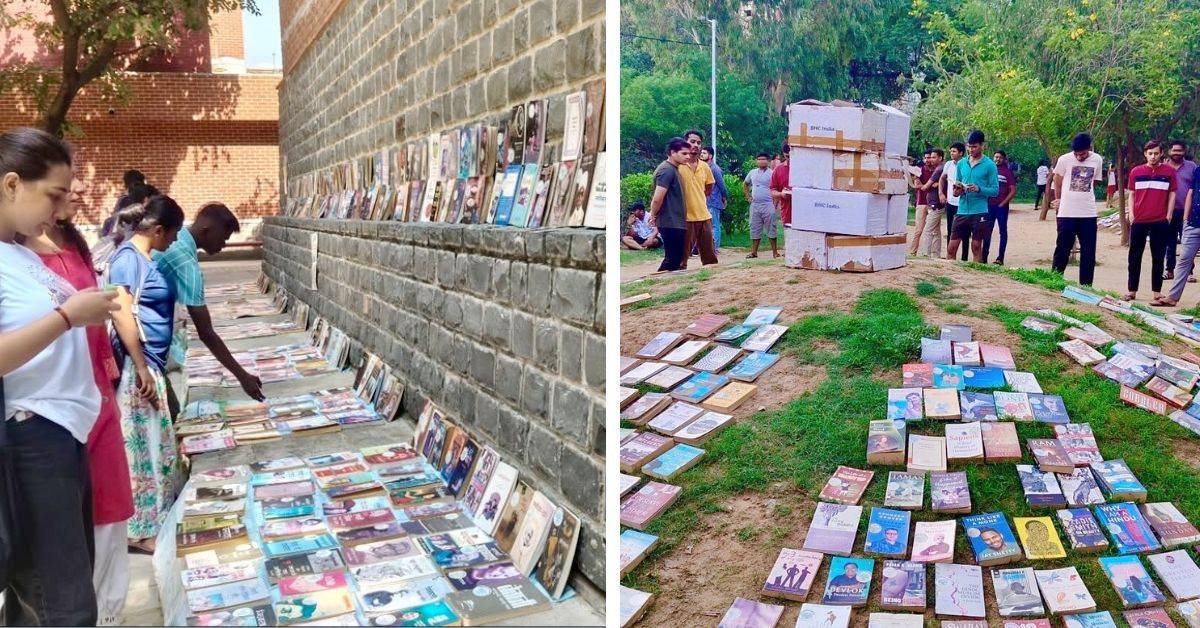A compelling green innovation has been quietly gaining traction across India and Nepal: transforming plastic waste – often tossed carelessly – into eco‑bricks or “ammo bottle bricks.” These repurposed plastic bottle units, packed tight with non-recyclable wrappers and films, are being used to build low-cost infrastructure, furniture and public installations while tackling plastic pollution at the grassroots level, featured The Better India.
From Plastic Garbage to Practical Structures
In Nepal, the UNDP‑supported Accelerator Lab joined hands with Green Roads Waste Management to pilot plastic‑infused bricks in Pokhara in 2021. By mixing plastic waste with cement in a “cold‑process” chain, they created bricks that met India’s building code for compression strength. A demonstration toilet built entirely with these bricks was handed over to the Pokhara municipality, highlighting not only environmental benefits – but also practical utility in non-load‑bearing structures. One room can absorb up to 100 kg of non‑recyclable wrappers per build, and using just 1 percent plastic reduces brick weight by almost 10 percent.
Closer home in India, community groups and NGOs have embraced eco‑bricks enthusiastically. In Faridabad, SOS Children’s Villages mobilised over 4,000 households to collect plastic waste, enabling children to build benches and waste bins that served their neighbourhoods – turning idle trash into infrastructure while fostering community pride and awareness. In Dehradun, engineers led workshops across schools where students made bottle bricks and constructed school furniture together, combining education with reuse initiatives. Even corporate campuses like a golf resort in Manesar have packed over a thousand bricks used in benches and garden installations – demonstrating urban replicability.
The Challenges: Standards, Longevity, and Scale
Despite grassroots enthusiasm, the eco‑brick concept faces important challenges before it becomes mainstream infrastructure material. Mixed‑plastic bricks may vary in compressive strength due to inconsistent plastic types and UV degradation, raising concerns over long-term durability under sunlight.
Studies conducted in India and abroad have shown that properly made eco‑bricks can withstand more pressure than conventional concrete and red clay bricks – but usually for non-structural needs only. They are best suited for garden walls, benches, dustbins, or interior partitions, unless reinforced or certified further.
Why This Matters: Circular Solutions and Marginalised Communities
The brilliance of ammo bottle bricks lies in turning a severe environmental problem into community‑level solutions. In urban or semi‑urban villages, managing plastic waste is a daily crisis. Eco‑bricks offer a circular economy route: collecting, cleaning, stuffing and reusing discarded plastic as building material rather than letting it end up in drains, open landfills or waterways.
Furthermore, engaging students and youth cultivates environmental awareness and collective responsibility. This approach brings marginalised communities into problem‑solving rather than relegating them to donors or recipients.
What Needs to be Done: Policy, Standards, and Partnerships
To scale genuinely, we must institutionalise the concept. National agencies like BIS or CPCB should certify eco‑bricks for building codes in non-load‑bearing structures. Municipalities and panchayats can test eco‑brick prototypes in public infrastructure – parks, toilets, garden walls – and validate durability over time.
Startups and NGOs should receive support via grants, waste‑to‑enterprise programmes, or CSR funding. Models like Green Roads (Nepal) and BDF Dehradun can be replicated across states. Schools, colleges, or vocational centres can embed eco‑brick workshops into curricula or Maker Labs. With consumer awareness programs and municipal buy‑back incentives for collected plastic, communities can be motivated to participate consistently.
Final Thoughts: Building a Greener Legacy
The idea of eco‑bricks – or ammo bottle bricks – is not about elaborate innovation – it’s about unlocking a transformative concept: every piece of plastic holds latent value. When we give communities and schools the tools and recognition to upcycle, we not only reduce plastic pollution – we build benches, bins, toilets, and pride.
What started as a small demonstration in Nepal and school activities in Dehradun has the potential to become a nationwide ecorecycling movement. With policies, education and civic support, plastic waste can evolve into ecological architecture – a true building block for a cleaner, more conscious India.
Photo Credit: Better India
For more stories click here
Follow us for latest updates:




